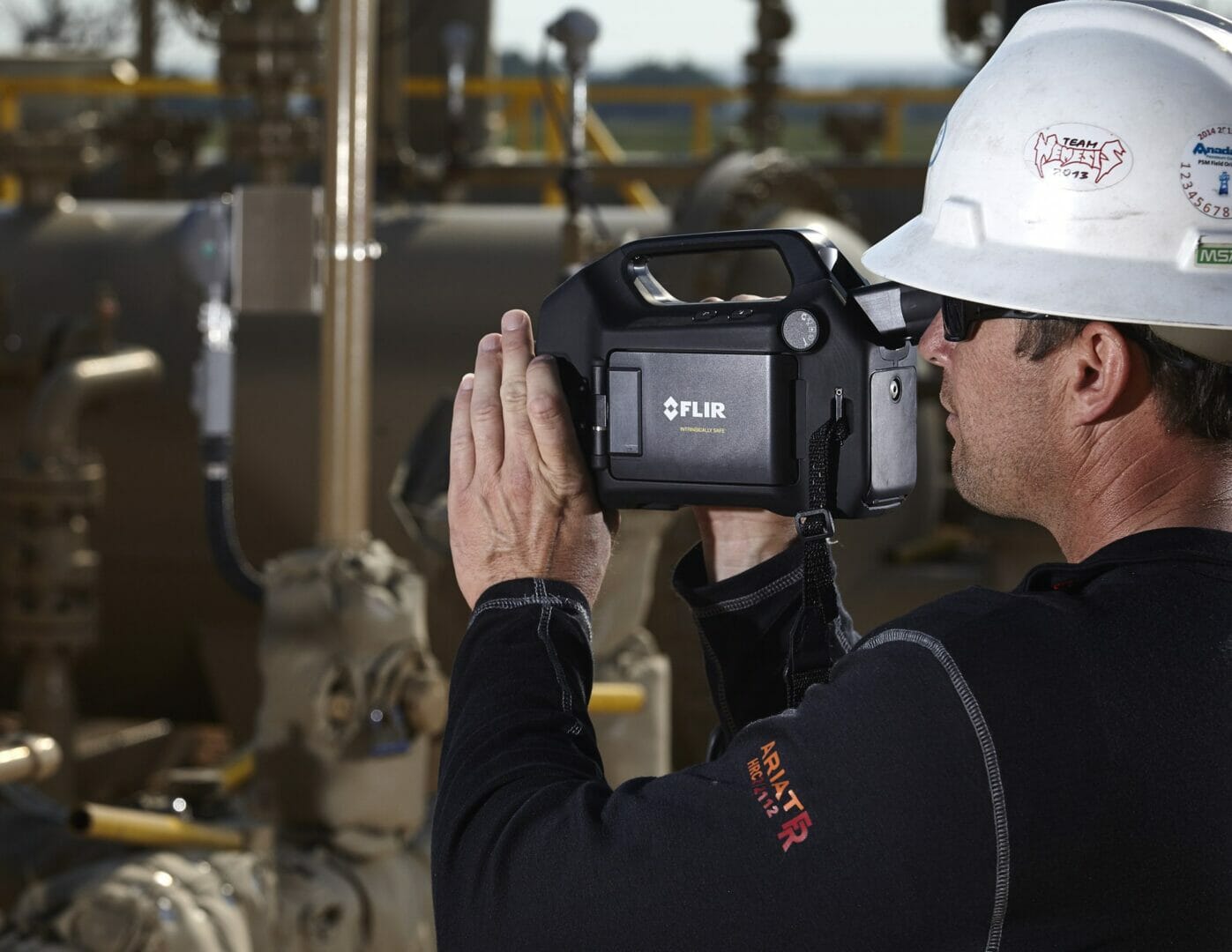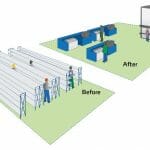FLIR Systems has published a technical paper that introduces the benefits of using Noise Equivalent Concentration Length (NECL) as a useful method to measure the performance of an Optical Gas Imaging (OGI) camera.
Optical gas imaging (OGI) is widely used in the oil and gas industry to detect leaks. Operators of gas distribution networks, processing plants, pipeline facilities, terminals, and offshore platforms all want to find and repair leaks to prevent explosions, minimize loss of their product, and comply with environmental and safety regulations.
OGI provides a straightforward and affordable method to visualize plumes of gas that would otherwise be invisible, allowing companies to trace and repair the source of the leaks. This imaging technique, which relies on thermal cameras that measure changes in infrared (IR) radiation as it passes through gas, is still relatively new and no official standard yet exists to characterize how good a job any particular camera does at detecting leaks, or to say how small a leak a given camera can find.
The article introduces how Noise Equivalent Concentration Length (NECL), which is a measurement of how much gas over a path of a certain length can be detected above the intrinsic noise of the camera, presents itself as a strong candidate to be used as a standard.
The authors discuss and explain how NECL is easy to set-up and measure, is similar to another familiar measurement (NEDT), and through offering a measure of sensitivity provides a simple objective way to compare the performance of different cameras.
For a copy of this paper please visit https://www.flir.com/discover/instruments/gas-detection/noise-equivalent-concentration-length-the-new-standard-for-optical-gas-imaging/ or contact FLIR Systems in Europe on +32-3665-5100 or [email protected]..








